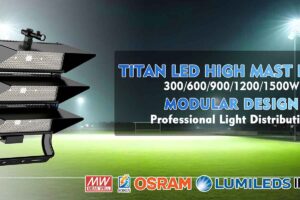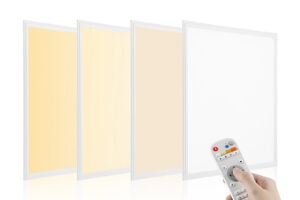Choosing the wrong kind of lighting? Yeah, that can mess up everything—from how your space looks to how much you’re shelling out on your energy bill. And if you’re not clear on the difference between downlights and panel lights, you could end up picking the wrong one and paying the price. Been there, seen that. So let me break it down for you and help you avoid that mistake.
Downlights and panel lights are two totally different animals. Downlights shoot focused beams—great when you need task lighting or want to highlight something. Panel lights? They spread light out wide and evenly, making them perfect for lighting up big rooms like offices or commercial spaces. Which one’s right for you comes down to where you’re using it, how you want it to look, and how much you’re willing to spend. Once you know the differences, making the right call gets a whole lot easier.
Still scratching your head over which one to go with? Let’s take this step by step.
Table of Contents
What Are Panel Lights?
Panel lights are those thin, flat LED fixtures you see lighting up offices and big open spaces. They throw out soft, even light across a wide area, and they’re built to blend in with modern interiors. They usually come in squares or rectangles and are either mounted flush on the surface or dropped right into the ceiling grid. Super clean look.
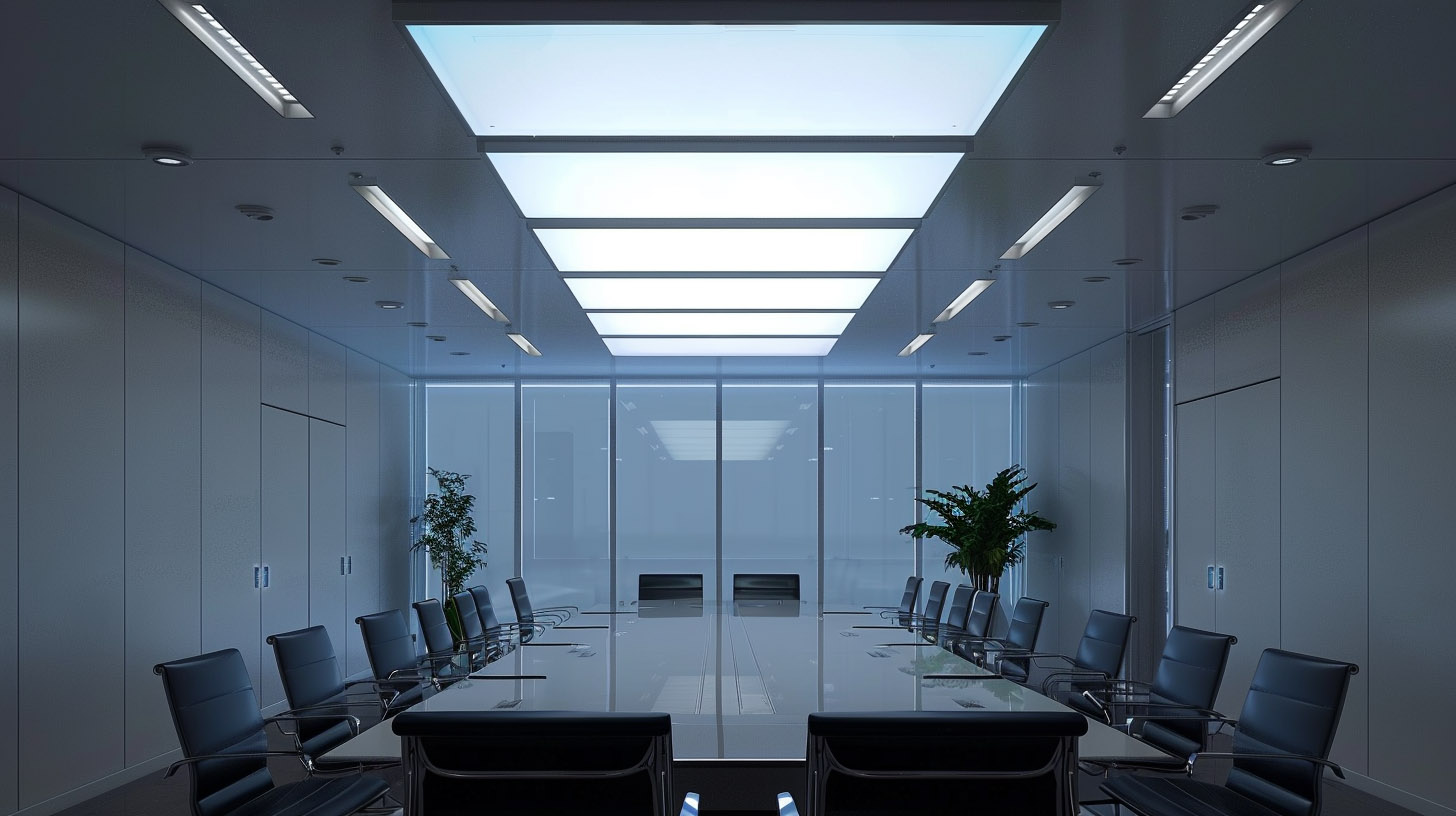
What Are Downlights?
Downlights—some folks call them recessed lights or can lights—are small, circular fixtures that sit up inside the ceiling. They shine light straight down and are perfect when you need to focus on something or add depth to a space. Kitchens, hallways, stores—they’re everywhere, and for good reason.
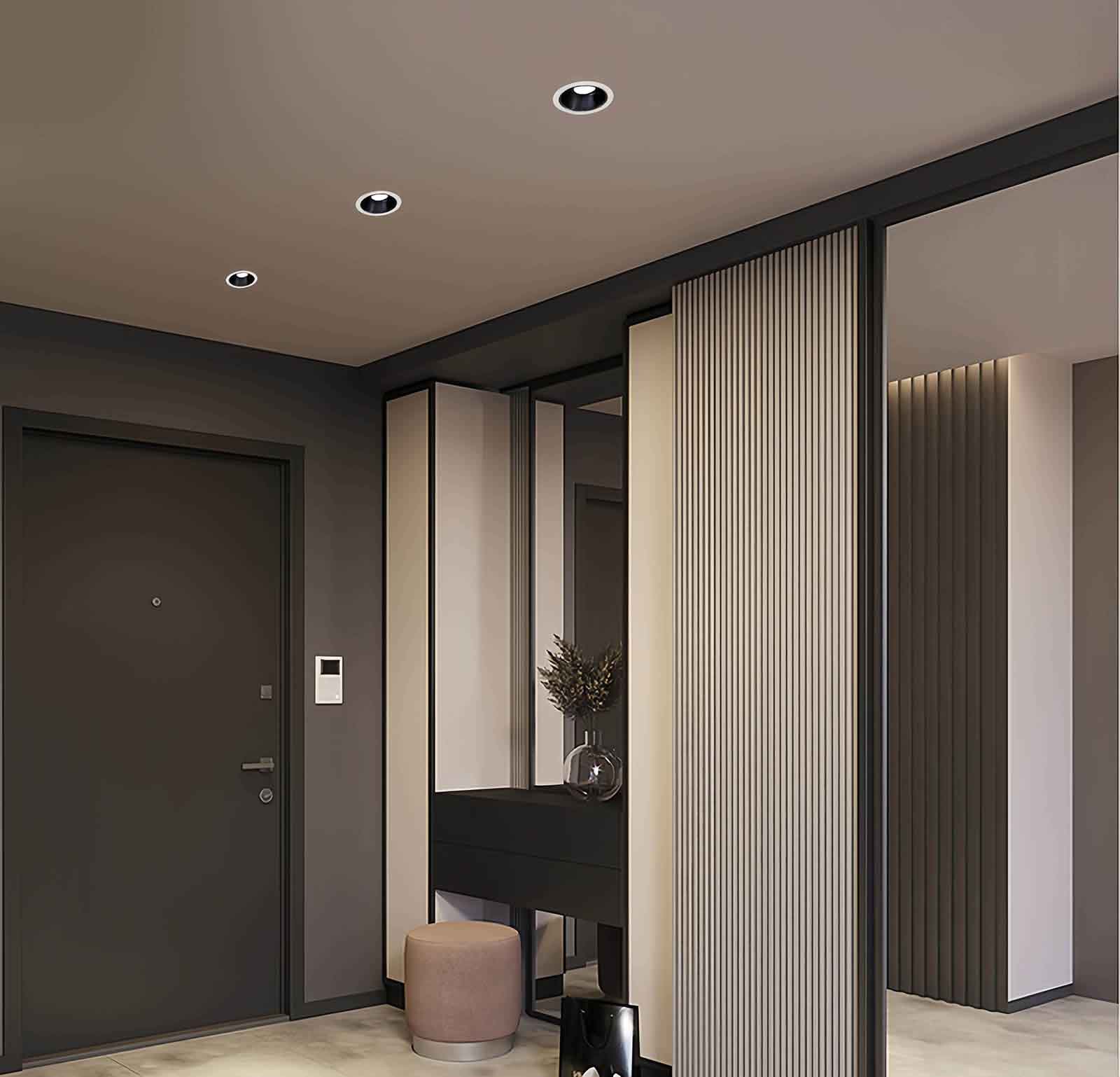
Difference Between Panel Lights and Downlights
Design and Style
Panel lights give off that slick, flat look. They’re perfect if you’re going for a minimalist vibe or trying to keep the ceiling clean and modern—think commercial buildings or sleek homes.
Downlights are more subtle. They’re small, round, and tucked into the ceiling so you barely notice them… until they light something up just right. Perfect for when you want that focused effect without the fixture being in your face.
Lighting Angle
Panel lights spread light far and wide. That means no dark corners or weird shadows—just a nice, even glow. Great for places like schools, hospitals, or open office layouts.
Downlights, on the other hand, shoot light straight down with a narrow beam. You’ll want them to highlight artwork, counters, or anywhere you want to make a visual impact.
Lighting Efficiency and Performance
Panel lights crush it when it comes to efficiency. They’re built to push out tons of light evenly without glare. That edge-lit tech they use? Super smart—less strain on the eyes, too.
Downlights are also energy-efficient, but since they cover less area, you might need more of them to light a room properly. That’s why I often pair them with other lighting sources to balance everything out.
Installation
Installing panel lights means more ceiling space is needed—especially if you’re dropping them into a grid. But once they’re in, they sit flush and look great.
Downlights are a better pick for lower ceilings. They only need a small cutout and don’t hang down, so they keep things looking neat and tidy.
Applications
Where I usually use panel lights:
- Office spaces and boardrooms
- Retail stores and showrooms
- Hospitals and classrooms
- Contemporary home designs
Where downlights shine:
- Task zones in kitchens
- Highlighting art or architecture
- Lighting up bathrooms and hallways
- Upscale restaurants or boutique hotels
Costs
Panel lights usually cost more up front—they’re bigger, require more install work, and tend to have more going on under the hood. But they’re also super-efficient, so over time they can save you serious money on energy bills.
Downlights are cheaper to buy and install initially, but you’ll probably need more of them to get full coverage. And if you don’t manage the heat well? You’ll be dealing with performance issues down the line.
| Feature | Panel Light | Down Light |
|---|---|---|
| Design and Style | Flat, sleek design for modern, minimalist ceilings. | Small, round, and recessed—clean and low-profile. |
| Lighting Angle | Wide coverage with even light, low shadows. | Narrow beam for focused, dramatic lighting. |
| Lighting Efficiency | Bright, glare-free, energy-efficient for big areas. | Efficient too, but often needs more fixtures for full coverage. |
| Installation | Recessed or surface-mounted; needs more space. | Small ceiling cutouts; great for low ceilings. |
| Applications | Offices, schools, hospitals, large commercial spaces. | Kitchens, artwork, hallways, boutique spaces. |
| Cost | Higher upfront, but saves in the long run. | Lower initial cost, but may need more units. |
Panel lights are your go-to if you’re lighting up big, open areas and want that clean, even brightness. Downlights are what I use when I want focus, style, or to add some extra detail to a space.
Bottom line? Match the light to the job, and you’ll get it right every time. If you’re still not sure which way to go, just drop me a message—I’ll help you figure it out.
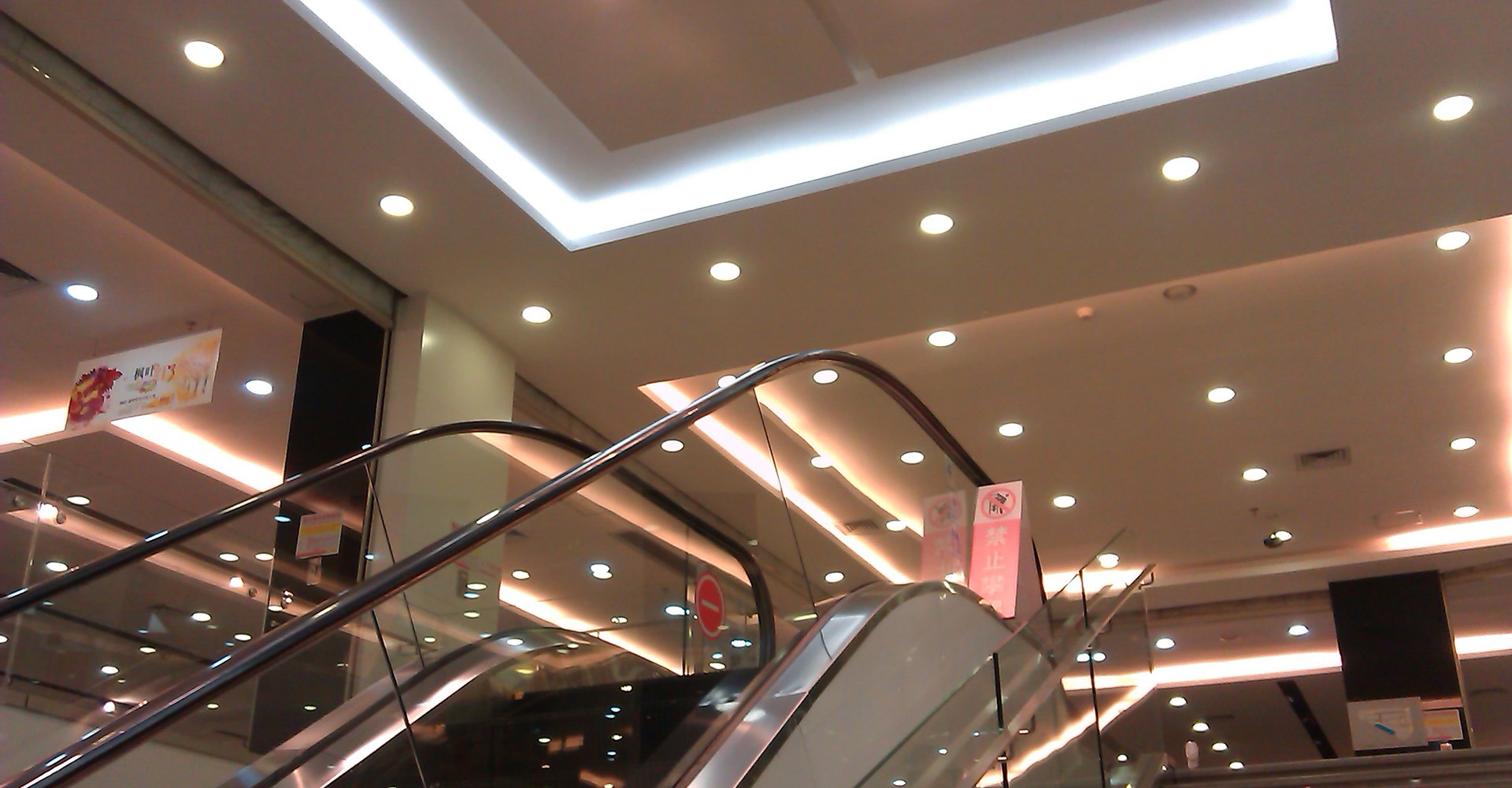
What’s the Real Difference Between Ceiling Lights and Panel Lights?
Let’s get one thing straight—ceiling lights and panel lights aren’t the same thing, and picking the wrong one could totally throw off the look and feel of your space. Ceiling lights come in all shapes—round, square, dome—you name it. You can mount them on the surface, recess them, or even hang them. They light up a room in all directions, and they’re great if you want that cozy, decorative vibe in your home, hotel lobby, or hallway.
Panel lights? Whole different story. They’re thin, flat, and built to give off soft, even light—no harsh glare. These are the go-to for drop ceilings or recessed installs, especially in places like offices or clinics where you need solid, consistent lighting without eye strain.
Bottom line: Panel lights are more energy-efficient because they use less power to light more space. Ceiling lights are more about style and atmosphere. So the right pick really comes down to what you’re trying to light. Want ambiance? Go ceiling. Want performance? Go panel.
What’s the Deal Between Ceiling Lights and Downlights?
So you’re trying to decide between a ceiling light and a downlight? Here’s the scoop. Ceiling lights are bigger, usually surface-mounted or hanging, and they light up the whole room. They come in tons of styles—flush mounts, semi-flush, even chandeliers. If you want ambient light across a wide space, this is your guy.
Now, downlights? They’re sleek, they’re recessed into the ceiling, and they shine light straight down. You’ve seen them in kitchens, hallways, and shops—anywhere you need task lighting or a modern touch. They’re perfect for spotlighting your countertops or showing off that artwork you love.
So which should you choose? Ceiling lights are your go-to for full-room lighting. Downlights are better for targeted or layered lighting. Me? I often use both. You get style and function all in one setup.
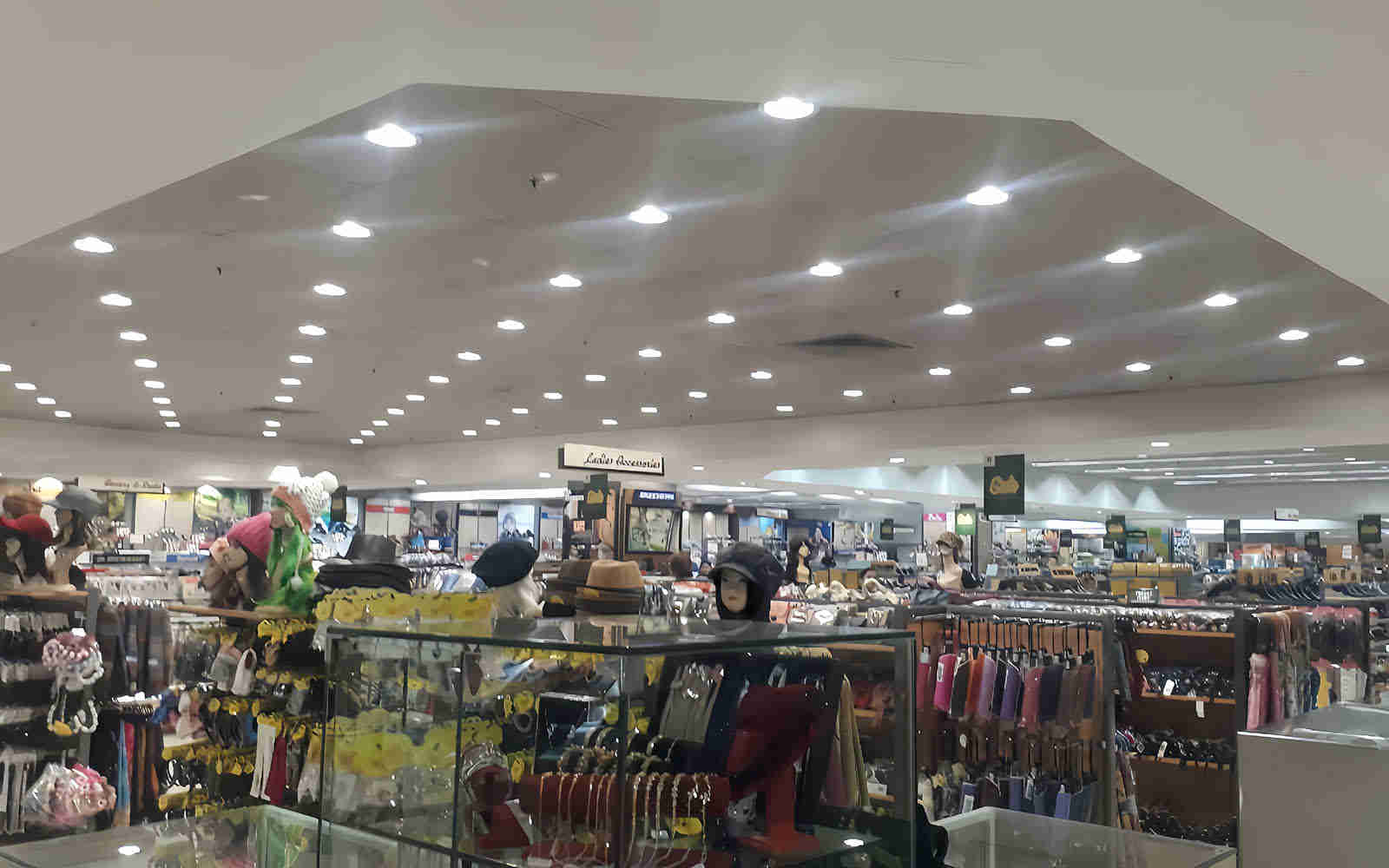
Is a Downlight Just a Fancy Name for a Recessed Light?
Pretty much, yeah. A downlight is a type of recessed light, but here’s the catch: not all recessed lights are downlights. Some recessed fixtures are adjustable or directional, while your basic downlight just throws light straight down. So yes, they’re in the same family—but not identical twins.
What’s the Difference Between a Downlight and a Spotlight?
Alright, here’s the quick and dirty: downlights give you soft, even light across an area. Spotlights? They zero in like a laser. Narrow beam, high focus—perfect if you’re trying to light up a shelf, painting, or anything you want to show off. Spotlights are usually adjustable too, while downlights are fixed.
What Kind of Lights Count as Downlights?
You’ve got options. Downlights come in a few flavors:
- LED downlights – My go-to. Energy-saving, long life, and super bright.
- Halogen downlights – Old-school. Warm light, but power-hungry.
- CFL downlights – Kind of outdated. Not as efficient as LEDs.
- Smart downlights – Control them with your phone or voice. Brightness and color? Totally adjustable.
What Are the Different Types of Ceiling Lights Called?
There’s more than just “a ceiling light.” Let’s name names:
- Flush Mounts – Sit right up against the ceiling. Clean and simple.
- Semi-Flush Mounts – Hang down a little. Adds a bit of flair.
- Pendant Lights – These hang lower and come in all styles. Great over a table or kitchen island.
- Chandeliers – Big, bold, and made to impress.
- Recessed Panel Lights – Flat LEDs that blend right in. Bright and modern.
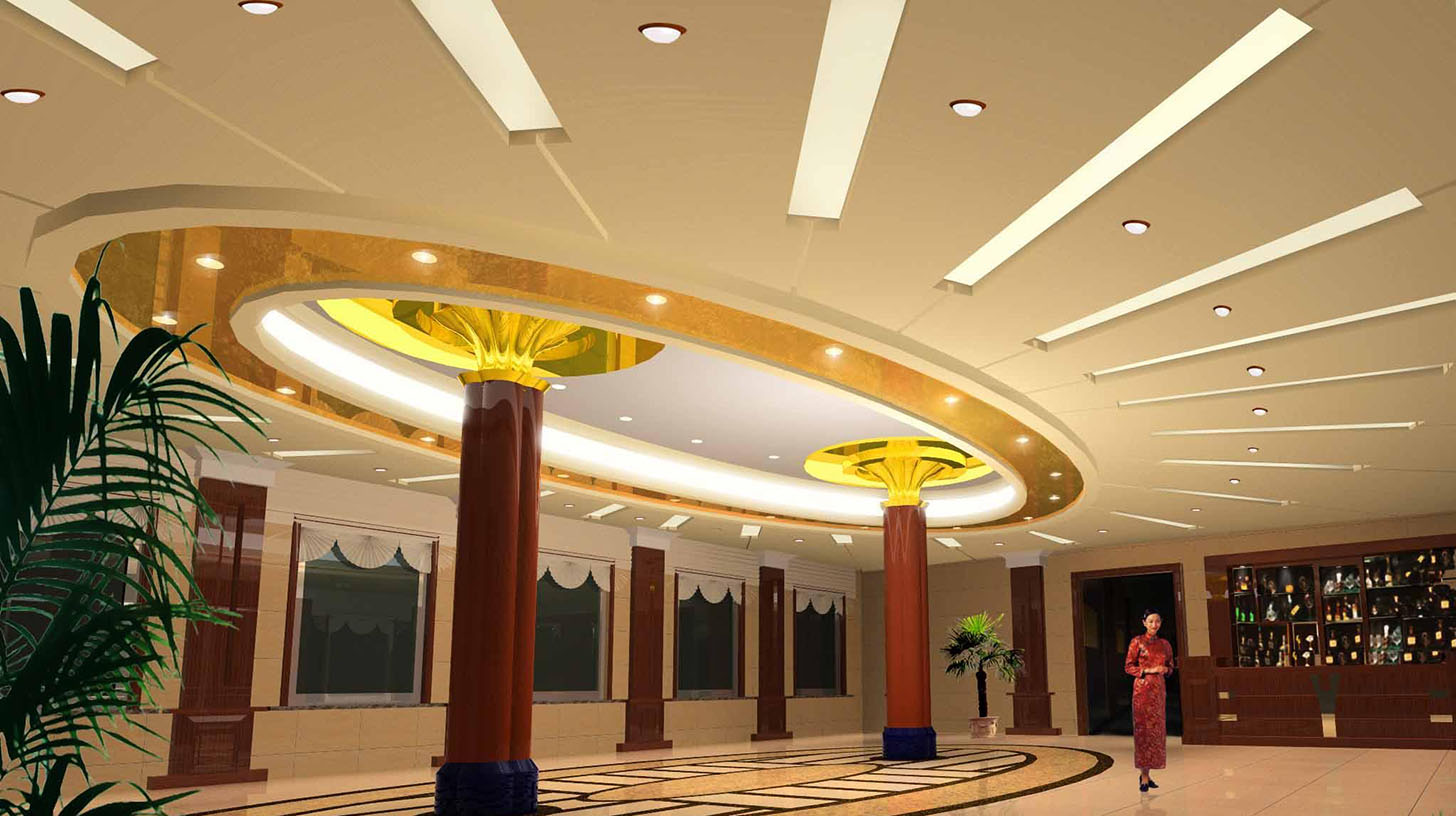
Conclusion
So here’s the deal: panel lights are all about wide, even light and energy savings—great for office and commercial spaces. Downlights are your best bet for accent or task lighting where you want a little drama or focus. Choosing the right one depends on your space, your style, and what kind of light you really need.
Still unsure which light works best for your project? Hit us up—we’ll help you figure it out and get the perfect LED solution dialed in for your space!


